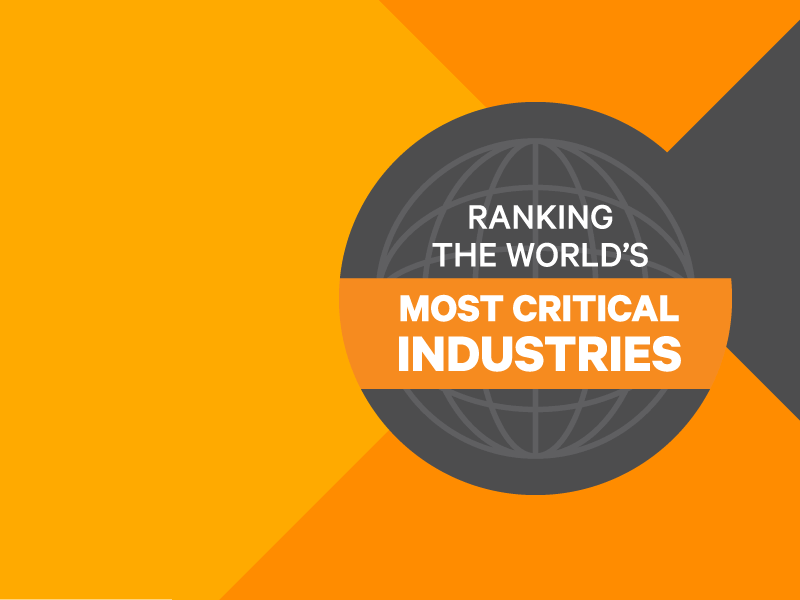While Smart Cities is a broad term subject to multiple interpretations, our panelists used the following definition from Wikipedia in analyzing the criticality of this growing industry:
“A smart city is an urban development vision to integrate multiple information and communication technology (ICT) and Internet of things (IoT) solutions in a secure fashion to manage a city's assets, including local departments' information systems, schools, libraries, transportation systems, hospitals, power plants, water supply networks, waste management, law enforcement, and other community services.”
Clearly, the broad scope of what a Smart City can encompass would result in significant disruption from any downtime; yet, the Smart City vision has not been fully implemented, reducing the impact of disruptions. Still, the idea is advancing rapidly in many areas of the world.
As panelist Jun Michael Tian, senior director of strategic planning in China for Vertiv, noted, “As Smart Cities continue to advance, disruptions in the supporting technology will impact transportation, law enforcement, public safety and other factors that haven’t been identified yet. While the consequences of downtime in Smart Cities’ technology aren’t as widespread as other industries today, the potential is huge.”
Smart Cities was rated highly critical based on the financial impact, immediacy of impact, ripple effect, media/public outrage and societal impact of a disruption. Its inclusion in this list despite its immaturity speaks to both the huge potential of Smart Cities initiatives and the need to employ appropriate critical infrastructure systems as new sensors and systems are deployed.













